HIStalk Interviews John Santmann
John Santmann, MD, FACEP is president of Wellsoft.
What are the key issues in the ED that you’re dealing with for your clients?
There’s lots of them. Operational efficiency is probably the single most important thing that we do. When we go into an emergency department, we really take a look at the whole department from the top down — not only the ED, but outside interfaces with other departments, registration, and so on — and provide a lot of essentially consultative services to improve the overall efficiency of how the department functions.
Of course, a lot of that involves folding in the software as a tool, but it really goes well beyond that. That’s kind of a comprehensive thing, but it’s very, very important.
ED patient satisfaction is always a key metric for hospitals. What are their typical problems?
Probably one of the biggest issues with patient satisfaction is length of stay. That’s a metric that we pay a lot of attention to. We have specialized reports that analyze it and break it down into different steps and so on.
After people implement Wellsoft, the length of stay typically falls dramatically, which not only impacts patient satisfaction, but it also increases efficiency and allows you to see more patients in a smaller space. In essence, it also helps overcrowding.
What should CIOs know about emergency department workflows that may not be obvious?
Boy, where do I begin? Emergency department workflow is not typically something CIOs spend a lot of time with. I think if anything, I would say it would be great if there was a heightened sense of awareness of the issues with workflow in an emergency department.
Everybody works in their own world. CIOs have a lot of demands and pressures and they get pulled in all directions. What we find is the details of emergency department workflow are not something that they have time, really, to address. They have a lot of other demands placed on their time, so I think it’s beneficial that they simply recognize the importance of the ED workflow.
We’re seeing more of that now. ED workflow, and also workflow in other parts of the hospital, are becoming recognized as an important issue. In fact, a couple HIMSS ago, the whole word ‘workflow’ — we’d been using the word workflow for as long as I can remember, but it’s really become a lot more popular in the last few years. I’m glad to see that.
What are hospitals doing with ED patient kiosks?
Mostly experimenting. We have several hospitals that use patient kiosks for registration. Not really registration, it’s to simply get yourself into the Wellsoft system so everybody knows you’re here. There are certain advantages to it. In general, in my opinion, if you have a good functioning, quick registration process, it really obviates the need for a kiosk to get the patient in the system in the waiting room.
So, you don’t see it taking hold across the board?
I don’t think — at least in an emergency department waiting room — the idea of using a patient kiosk as a way of getting them into the system initially; I’ve got mixed feelings on. I think that there are certain, select situations where it can be beneficial, but I think for the majority of facilities that have the resources to do what we call a quick registration process, I think it’s really not helpful.
What a quick registration is – basically, a patient walks into the department and is met by a human being who quickly just takes down their name, chief complaint, and date of birth. Usually, that’s about it. So it’s three or four quick pieces of information and that gets them in the system, which is really, for the most part, all you’re going to catch with a kiosk.
I believe that the personal touch of having a human being meet you, rather than a security guard pointing over at a computer in the corner of the waiting room, is a much more people-friendly way of doing it and probably safer too.
Some surveys claim that emergency departments are choosing to move toward the EDIS of their primary systems vendor. Are you finding that true, or is best-of-breed still alive and well in the ED?
I think best-of-breed is very much still alive and well. We’ve seen this pendulum swing back and forth several times now. I think the pendulum’s definitely swung more towards the pursuit of a single-vendor solution. I fully expect that pendulum … well, I think it’s already starting to swing back a little bit, and I think we’ll see it swinging the other way.
If you look at the KLAS ratings, for example, on EDIS vendors, virtually all of the top-rated EDIS vendors are niche systems, and all the lowest-rated systems are hospital-wide. You hear a lot of talk about the expense of integrating multiple systems, but what you don’t hear quite so much about is noise about the inefficiencies of a single-vendor solution. In terms of productivity in the emergency department, I think the niche vendors really have it, hands down.
When you look at the dollars associated with that, they’re huge. You’re talking about very large sums of money essentially being saved by using an efficient system like Wellsoft. It’s a relatively low cost for integration. I think when you take a real close look at the true cost benefit of a niche system like Wellsoft versus a hospital-wide system, that it’s a pretty clear decision.
There’s a huge marketing engine behind the larger vendors, so it’s a battle that’s been going on for 15 years that I’ve been involved with it. To me, it’s really nothing too new. It’s sort of more of the same all over again. I see the pendulum going back and forth.
What is the role of ED physician users in demonstrating meaningful use for hospitals? Have you figured that out?
I don’t think anybody’s figured that out. It’s still very ambiguous. The whole role of emergency medicine in meaningful use, in my opinion, is not clearly defined. They came out with the interim final report, same as last year, and it really doesn’t specifically address anything about the emergency department.
For that matter, it doesn’t even really address what individual vendors are supposed to be able to do. It really addresses what the hospital is supposed to do, and then what the private physicians are supposed to do.
Where we have some general idea of what the hospitals are required to do as an institution, I don’t really see much direction in terms of how they have to accomplish that. Which is really a good thing, because at least so far, it seems like they’re free to accomplish those overall goals in whatever manner they see fit. They could accomplish those goals with multiple niche vendors, or if they want to accomplish those goals with a single-vendor solution, they can try to go at it either way, providing that those vendors they choose are ultimately certified.
Of course, Wellsoft’s been certified since 2008 for CCHIT, but even the certification process still needs to be clarified further. Right now, the only thing that’s clear is that CCHIT will be a certifying agency, but there may or may not be others that are approved over the next years.
The typical cases cited in interoperability discussions always involve an unconscious ED patient. Is that a common real-life occurrence?
I’m not sure that the question is correct. An unconscious ED patient certainly is a common scenario that we’re asked to walk through as a demo process. There are certainly a large number of unconscious ED patients that show up, so I think it’s imperative that any EDIS be able to handle that situation.
But in terms of interoperability, the only thing that immediately comes to my mind is the idea of getting their previous meds and allergy list from an outside system. That’s one thing, but there’s a lot more to interoperability than that.
So to answer your question a little bit more directly, we have a multitude of different mechanisms by which we can enter a patient into the system that have either no identifying information, such as typically in a trauma patient, or somebody who has a limited amount of identifying information, perhaps a driver’s license.
The idea is you get them into the system and then you start working on them and doing what you need to do. Getting prior lists of meds and allergies, I can tell you as an ER physician, typically someone knows something … usually a spouse or a relative, or somebody with the patient. But in case there’s not, it would be useful if you happen to see a driver’s license, if nothing else, with a trauma patient, then you would of course want to pull the meds and allergies from any other system that might have it.
There’s two ways to do that, currently. One is to pull it up in Wellsoft, assuming you have a driver’s license with just the name. You can pull up any previous information that’s been entered into Wellsoft, and all of our sites support that currently. Secondarily, you can pull medications from other systems.
For example, we have a site at CentraState where we went live last month with a medication reconciliation process by which the outside system sends a Wellsoft medication list; it is modified inside Wellsoft; and at the end of the visit, we send it back to the central repositories. That’s a very rapid development in integration. We are spending a lot of time and energy in our R&D right now, expanding those kinds of functionalities.
Is that clear as mud?
Clear as mud, yes. I may have misunderstood what you said on this, but you said if the patient has been seen in Wellsoft. Is that any Wellsoft system or just the one in that particular facility?
Good question. That would be any Wellsoft system that is part of that hospital enterprise if it’s a hospital system, but it certainly wouldn’t be a Wellsoft system on the other side of the country.
Got it. You’re involved with several HIT standards groups. What developments are you seeing there and what remains to be done?
As you may or may not know, we have one of our VPs actually on the CCHIT EDIS group that helps define the CCHIT standards for EDIS certification. I don’t know how much you want me to go into it, but currently things are a little … let’s stay positive here. It appears that the whole certification process is at a stage of sort of reorganization and I don’t think it’s especially clear right now exactly how the details are going to fall out.
It’s a very challenging task, both technically and politically. CCHIT is, in my opinion, scrambling to reconfigure their certification process to conform with the interim final regs released at the end of last month. There are a lot of decisions that haven’t been made yet, let’s just put it that way.
I don’t think anybody really has a good handle on how all that’s going to fall out. But one thing you can say with a fair degree of certainty is that CCHIT will remain as, if not “the” certification agency, certainly one of the main certification agencies.
What’s it like going from being a practicing physician to being a CEO of a software company?
It’s different. I shifted gears for a couple reasons. One is I love technology and I love gadgets and software. The main reason is I love to take something and make it work better.
Practicing in emergency rooms, I just saw a lot of opportunity to help improve patient care and improve the practice of medicine. That was a very strong motivator for me to want to develop software; be involved with software development that takes a good functioning system and makes it a really great system, being the emergency department.
The challenges are certainly different. When you’re running a business, you’re never off duty. When you’re working an emergency department, at least at the end of the shift when you finish all your paperwork and you go home, you have a reasonable degree of certainty that you’re off duty. You’re always on. I’m a bit of a workaholic and work a lot of weekends and am very engaged in the process of product development here at the company.
It’s a lot of fun, a lot of great people here, a lot of challenging work. I think we’re blessed with the opportunity to make a really significant impact in the emergency departments that we work in. Both jobs are very exciting. Working as an ER physician is an exciting job. You get a real hands-on, minute-to-minute feeling like you’re making a difference. Working in a company like Wellsoft, I get a lot of the same feelings; they’re just bigger. I have an opportunity to impact more places more of the time.
What’s the average ED going to look like in ten years?
That’s a great question. I’ve been answering that for 15 years now. I think in ten years, every ED is going to have some kind of an EDIS. Or, I would say 80-90% of EDs will have some kind of an EDIS. I think care will be done more efficiently. I think systems will be better connected, and overall, patients will get better care. I’m very optimistic about the future and healthcare.
Notwithstanding all the political wrangling that’s going on now, I think that in terms of the actual administration of care in the emergency department, I think it will continue to improve. I think that the emergency department is a place that, as a rule, is filled with really hard-working, dedicated people that honestly want to see the best outcome for the patients.
I think if they’re given the tools that enable them to do that effectively, that they will recognize and grab onto those tools and do the job as best they can. They don’t always have the tools. There are often obstacles and problems and politics that get in the way, but if the political obstacles can be improved at both a local level and a national level, then I think the future looks very bright for emergency medicine.



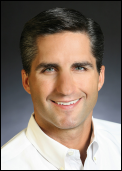

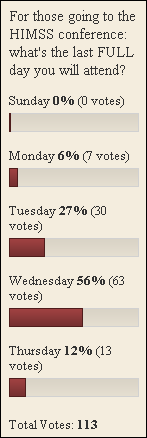
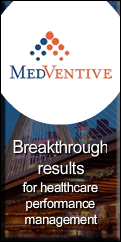


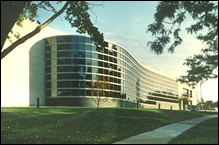



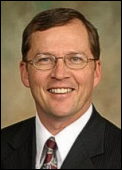


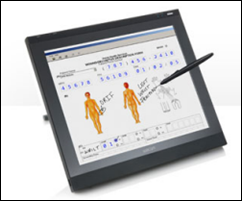

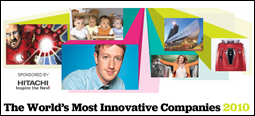



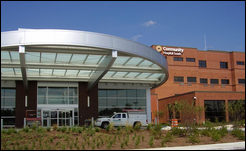
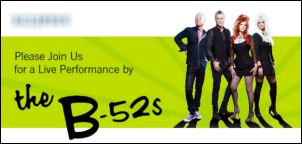
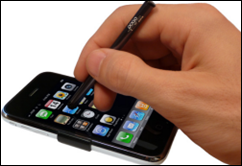
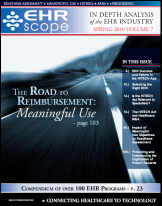
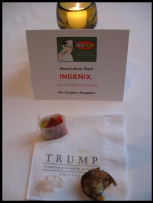
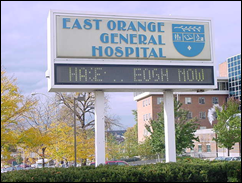
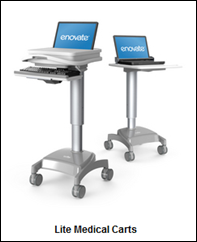
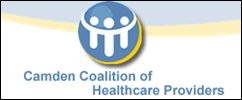

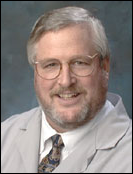



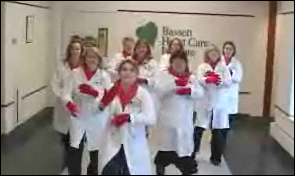
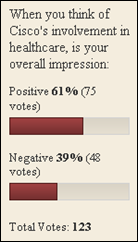

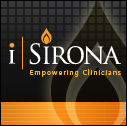
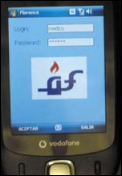
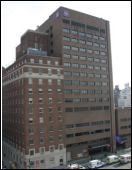
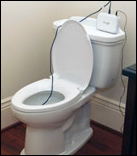
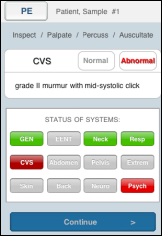

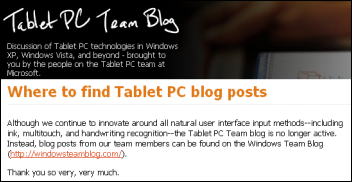
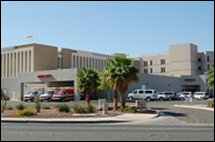
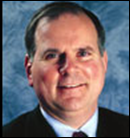



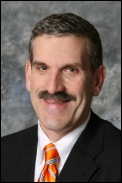

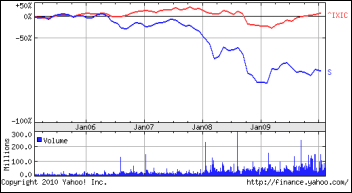
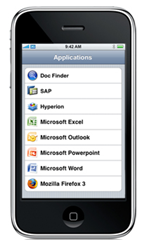
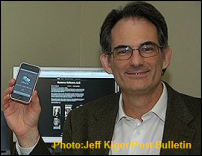
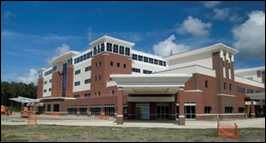
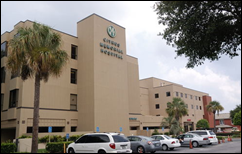
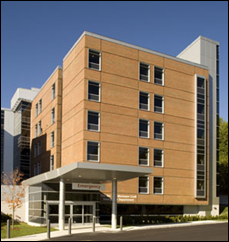
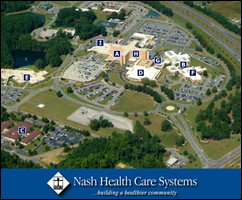

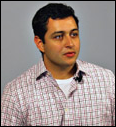
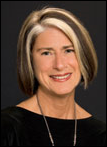

Traditionally Professional Courtesy is something that physicians gave each other - but we had to be careful with it when…